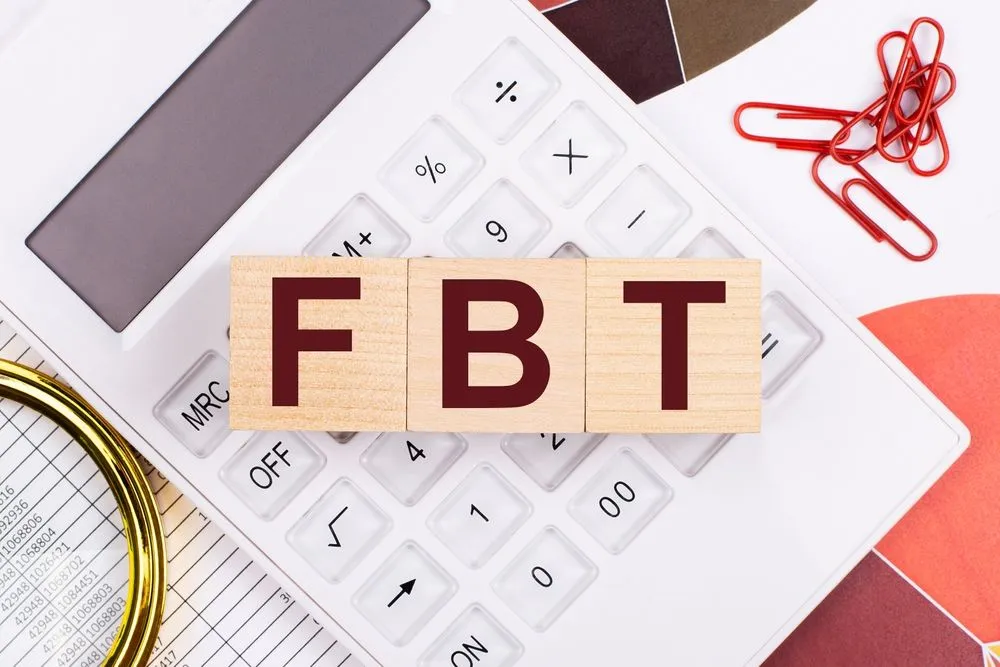
As a small business owner, few things are more frustrating than dealing with clients who don’t pay their invoices on time.
Having late payments can put your cash flow at risk and waste valuable time that could be spent growing your business.
So, what should a small business owner do when those payments don’t come in as expected?
As an accountant who has worked with many small business clients, I wanted to share five strategies I’ve found helpful for collecting from past-due customers while maintaining positive relationships.
Don’t miss out on this valuable information on how to deal with late payments in your business…
Strategy #1: Get Your Books in Order
While this may sound obvious, staying on top of your bookkeeping is critical for spotting potential payment issues early.
I recommend reviewing accounts receivable and payable at least monthly. It lets you clearly see who owes you money and sends reminders quickly when an invoice is overdue.
No one wants to disturb a client about a late payment only to realise they already paid and you missed logging it!
Accurate books give you visibility to follow up on true late payments tactfully.
Investing in automated tools or professional help is a wise move if this aspect seems challenging.
Strategy #2: Require Upfront Deposits
If you are working with a new client or are a client who has a history of late payments, require full payments (or at the very least partial payments) before you begin the job.
In this way, it reduces the possibility of awkward payment chases in the future by setting clear expectations upfront.
Of course, cash flow may dictate you can’t always ask for full prepayment.
In those cases, collect a retainer for a portion of anticipated fees so you aren’t waiting on the full amount after services are rendered.

Strategy #3: Incentivize Preferred Payment Methods
I’m a firm believer in making processes convenient for clients. The more you can automate and streamline payments, the less time you’ll spend manually collecting from clients.
Offer small incentives to nudge clients toward convenient payment channels.
For example –
Provide a 5% discount for payments via direct debit. Or add a nominal surcharge for manual payment via cheque or credit card.
Clients likely won’t balk at reasonable incentives that also make your life easier!
Strategy #4: Technology is Your Friend
Tools like Xero allow you to send invoice reminders when a payment is late automatically. It saves you the time and effort of tracking down clients manually.
But remember…
Be sure your accounting data is fully updated so you don’t trigger false reminders.
Leveraging technology removes the emotion and helps systematically collect payments owed.
Strategy #5: Don't Hesitate to Seek Outside Help
To avoid impacting client relationships, have a dedicated staff member or third party make payment follow-up calls and emails.
Clients will understand collecting payment is a normal business practice. But it can be awkward coming from the accountant they interact with regularly.
Outsourcing this task also frees you up to focus on serving clients rather than playing debt collector.
Important reminder:
Just be sure whoever follows up maintains a professional, courteous tone.
Conclusion: A Journey of Empathy and Communication
While clients rarely intend late payments, they happen to all of us at some point. Following the strategies above minimises how often you deal with this annoying issue.
Prompt follow-up and incentives keep cash flowing while maintaining positive client relationships.
Keep in mind:
Managing late payments effectively and efficiently requires a keen understanding of both numbers and human nature. Balancing these aspects can lead to a thriving business and long-lasting client relationships.
Feel free to contact me at MYC Partners if you’d like to delve deeper into these insights or need personalised assistance in mastering the art of managing late payments.







